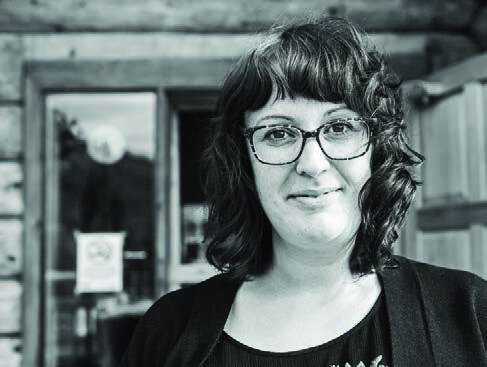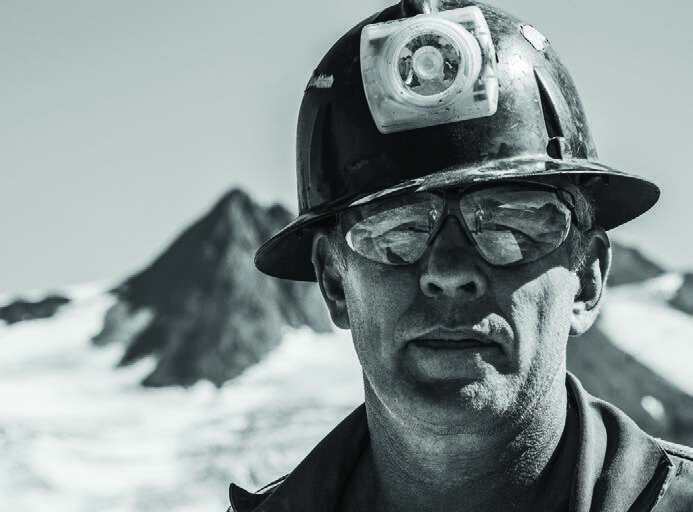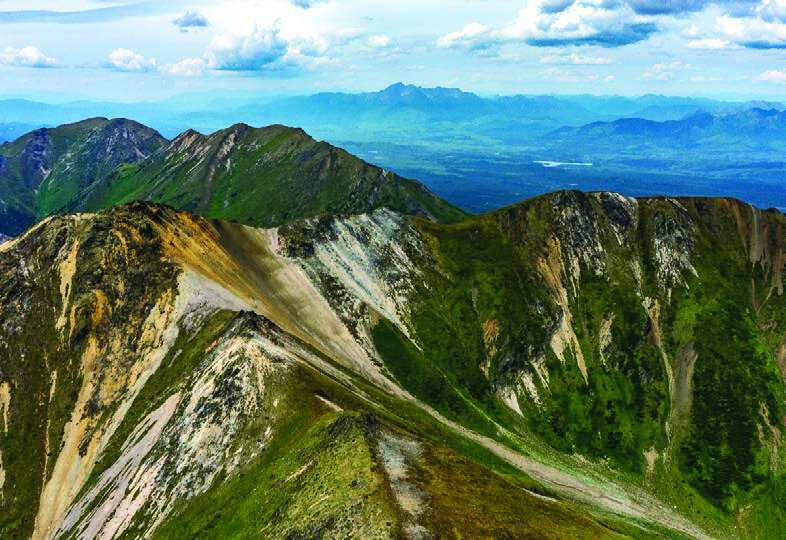
Few people outside the mining and mineral exploration industry know the processes, the people, the history or the complexity of finding and extracting the minerals and metals that are necessary for our modern lives. As AME members know, mineral exploration and mining projects are often hindered by a misunderstanding of where the raw materials our modern lives come from, and who finds and extracts them.
More Than Explorers (MTE) is a creative campaign produced by two communication professionals who have worked in the industry for many years and seen the sector struggle to show its true colours to consumers. The pair are traveling the roads, trails and mountains where the mineral exploration and mining industry roams to record stories of real people who work in and in support of the industry.
Co-creators Veronique (Ronnie) Jones and Kylie Williams launched More Than Explorers during the Roundup conference in January 2019. Williams, the writer, and Jones, the photographer, are passionate storytellers with extensive industry experience and affection for the people and places where exploration and mining take place.
“This campaign is like a documentary about the resource sector, delivered in bitesize pieces,” says Williams. “We are trying to connect with people who may be negative, suspicious or simply unfamiliar with our industry by delivering fresh, engaging content directly to their Instagram feed or favourite podcast app.”
Visual storytelling is a key component of the campaign. “We’re independent of a particular company or association yet familiar with the industry,” Jones says. “Through site visits and conversations, we are capturing the stories of the real people who care about the places where they work and who want to operate in a sustainable and responsible way to protect them.” MTE is active on Instagram and Facebook and has built a website to host longer stories and rich media. Williams and Jones have plans to record and release a series of podcasts and short videos by the end of 2019. Some examples of their stories:
Sarah | Faro, Yukon

Sarah works in the Faro tourist information office, greeting the almost 3,000 annual visitors who pass through the tiny, off-thebeaten track town in south-central Yukon. She and her husband relocated to Faro when their baby was born a few years ago because it is safe and affordable. Her husband works at the abandoned Faro Mine nearby, once the largest open-pit lead-zinc mine in the world. The owners declared bankruptcy and walked away in 1998, leaving what Sarah describes as a “pretty big disaster.” The federal government is funding a huge, complex remediation effort in consultation with the three affected Kaska Nations and the Yukon Government. It is a massive task to clean up the mess left behind, and Sarah’s husband’s role is monitoring the water leaving the site to ensure it is as clean or cleaner than when it arrived on site. Most of the houses in town were built by previous mine operators as homes for mine workers, along with the impressive amenities, including an unexpected but spectacular golf course. Despite covering an area the size of Victoria, B.C., the mine cannot be seen from the main road in and out of Faro, but its legacy looms large over the town.
Don | Stewart, B.C.

If asked to picture a typical miner, this guy might come to mind. Don grew up in Cassiar, a mining hub turned ghost town in northern British Columbia. He disliked school and signed on to become a miner at 18 years old, occasionally working as a faller or driller when mining work was unavailable. The biggest changes he has seen over his career are in worker safety, environmental protection and relationships with communities and First Nations – all for the better. Now, he splits his time between Ecuador and the Red Mountain gold project near Stewart, B.C., where he pumps and monitors the water that has filled the 30-year old workings, as the exploration teams drill and sample and try to make the mine operational again. In both Canada and Ecuador, he sees mining projects opposed and delayed as “we pay for the mess left behind” by previous operators. He works side by side with his son, a fourth-generation miner, and puts salt in his coffee.
Exploration geologists are lucky enough to see spectacular landscapes like this from the air as they commute daily to and from their “offices” by helicopter. The counterbalance to this incredible privilege is being deposited on peaks like the red-orange ridge on the left of this image in the morning, then hiking up and down scree slopes all day in bear country, literally carrying a pack full of rocks on their backs. But when the radio squawks and the helicopter comes into view again at the end of the day, and the ride home in the evening offers views like this, it is worth the effort. (Most of the time!)

